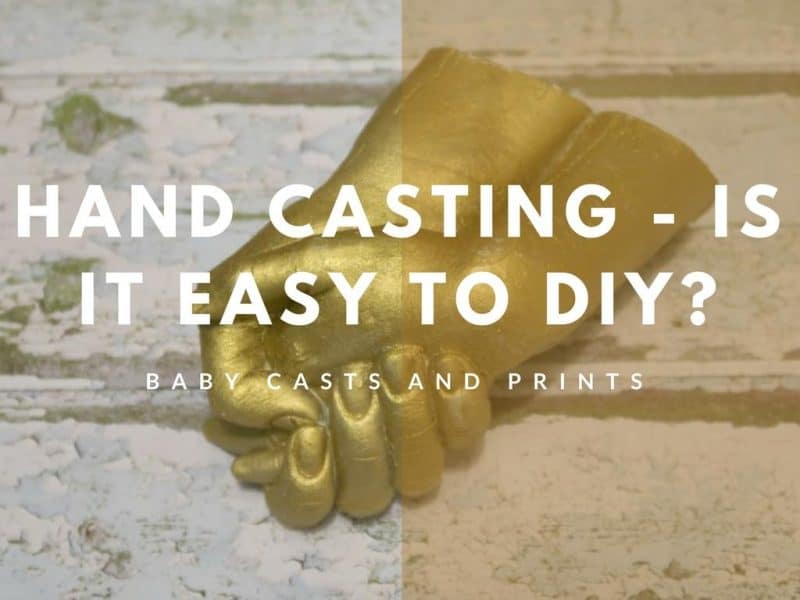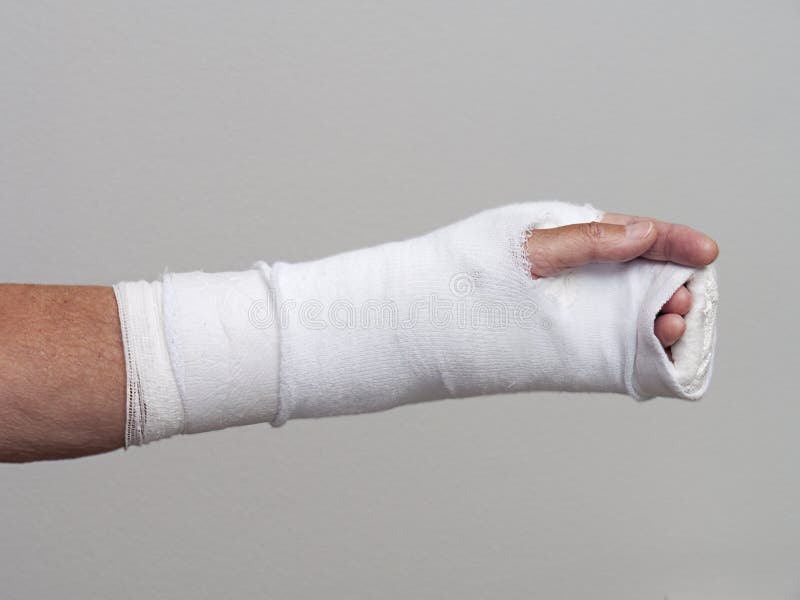

The EDF casting method can elongate the spine through traction, derotate the spine/pelvis, and improve lordosis and overall body shape and alignment. Scoliosis is a 3-dimensional problem that requires correction in all three planes. This method of treatment for correction was developed by UK scoliosis specialist Min Mehta. These are often very uncomfortable.Īn EDF (elongation, derotation, flexion) cast is used for the treatment of Infantile Idiopathic scoliosis. A body cast that encases the trunk (with "straps" over the shoulders) is usually called a body jacket. Body īody casts, which cover the trunk of the body, and in some cases the neck up to or including the head (see Minerva Cast, below) or one or more limbs, are rarely used today, and are most commonly used in the cases of small children, who cannot be trusted to comply with a back brace, or in cases of radical surgery to repair an injury or other defect. Where the wrist or ankle is included, it may be called a long arm or long leg cast. Such a cast may be called a cylinder cast. In some cases, a cast may include the upper and lower arm and the elbow, but leave the wrist and hand free, or the upper and lower leg and the knee, leaving the foot and ankle free. Ordinarily, a leg cast applied for the treatment of a stable ankle fracture would not use the toeplate design because there is no need to immobilize and limit the motion of the patient's toes. Typically leg casts with no toeplate are prescribed for injuries to the foot and metatarsals. This addition may be applied to further support and stabilize the metatarsals by limiting motion through a higher degree of immobilization, as well as protecting the toes from additional blunt force trauma. These are referred to as toeplates in the orthopedic discipline of medicine. The foot's under-sole portion of a leg cast may be extended terminating at the tip of the patient's toes, to create a rigid support that limits motion of the metatarsals in both weight bearing and non-weight bearing leg casts. Where the patient is not to walk on the injured limb, crutches or a wheelchair may be provided. Additionally, a castshoe can simply protect the patient's casted foot while helping to maintain better hygiene by preventing the cast from directly contacting potentially dirty or wet ground surfaces. Similarly, a weight-bearing cast shoe (cast boot, cast sandal) can help the patient walk during convalescence.
#Hand cast Patch#
The walking heel provides a small contact patch for the cast and creates a fluid rocking motion during the stride as the cast can pivot easily in any direction. These heels, when properly applied, elevate the toes and offer the wearer the advantage of keeping the toes out of the dirt and moisture of the street. A walking heel may be applied for ambulation.

Lower extremity casts are classified similarly, with a cast encasing both the foot and the leg to the hip being called a long leg cast, while a cast encasing the patient's foot, ankle and lower leg ending below the knee is referred to as a short leg cast. In addition, plaster is much smoother and does not snag clothing or abrade the skin.

However, plaster can be more easily moulded to make a snug and therefore more comfortable fit. These are lighter and dry much faster than plaster bandages. Ĭurrent bandages of synthetic materials are often used, often knitted fiberglass bandages impregnated with polyurethane, sometimes bandages of thermoplastic. The setting of unmodified plaster starts about 10 minutes after mixing and is complete in about 45 minutes however, the cast is not fully dry for 72 hours. When water is added, the more soluble form of calcium sulfate returns to the relatively insoluble form, and heat is produced.Ģ (CaSO 4 Plaster of Paris is calcined gypsum (roasted gypsum), ground to a fine powder by milling.

Plaster bandages consist of a cotton bandage that has been combined with plaster of paris, which hardens after it has been made wet. An orthopedic cast, or simply cast, is a shell, frequently made from plaster or fiberglass, that encases a limb (or, in some cases, large portions of the body) to stabilize and hold anatomical structures-most often a broken bone (or bones), in place until healing is confirmed.


 0 kommentar(er)
0 kommentar(er)
